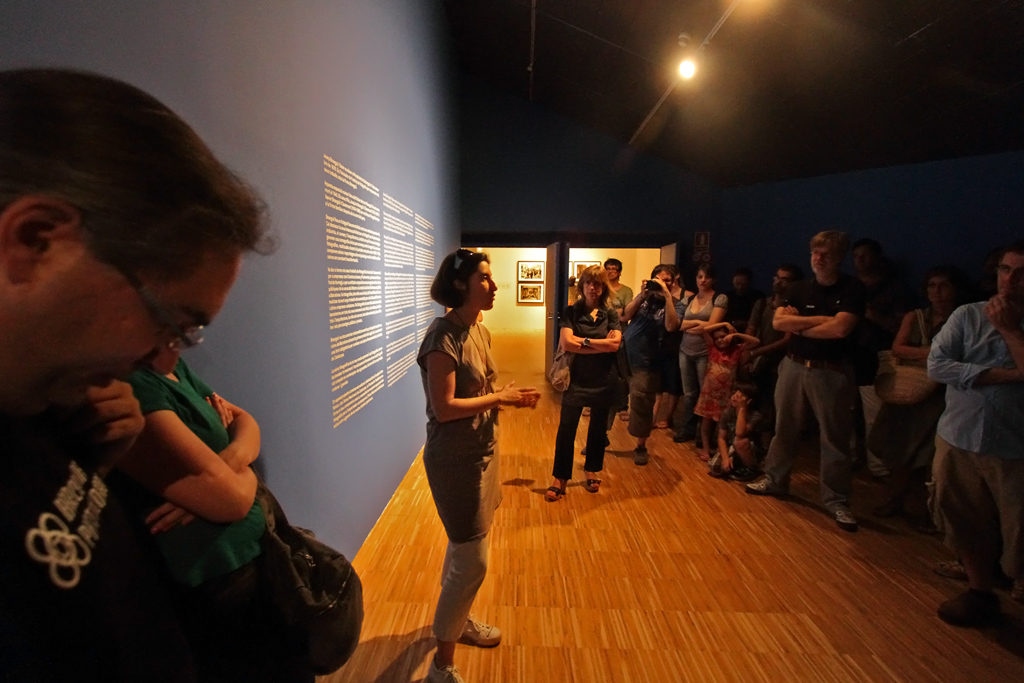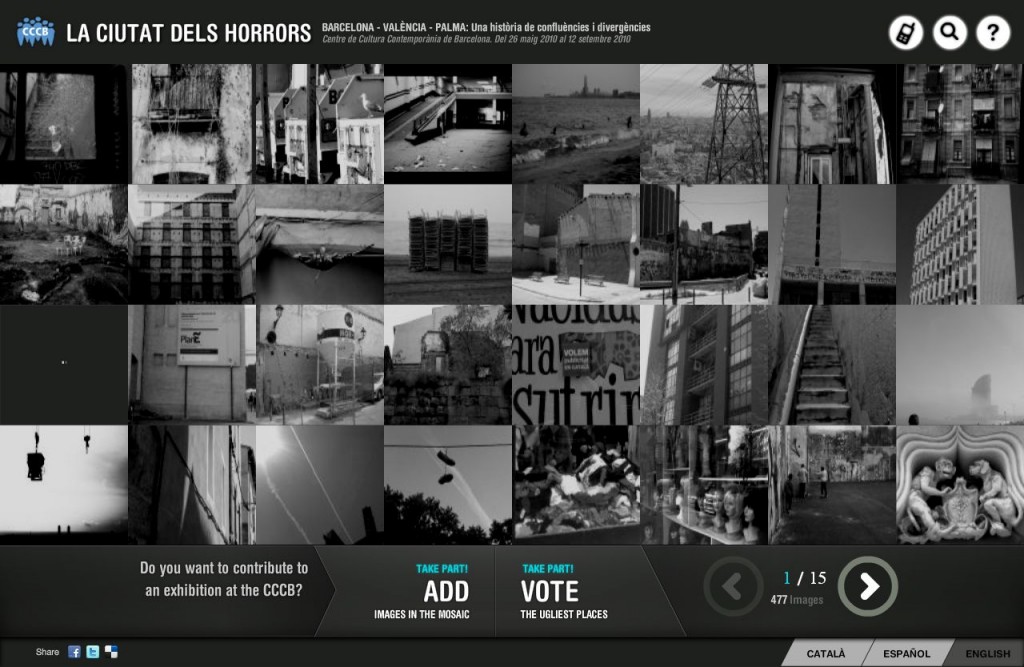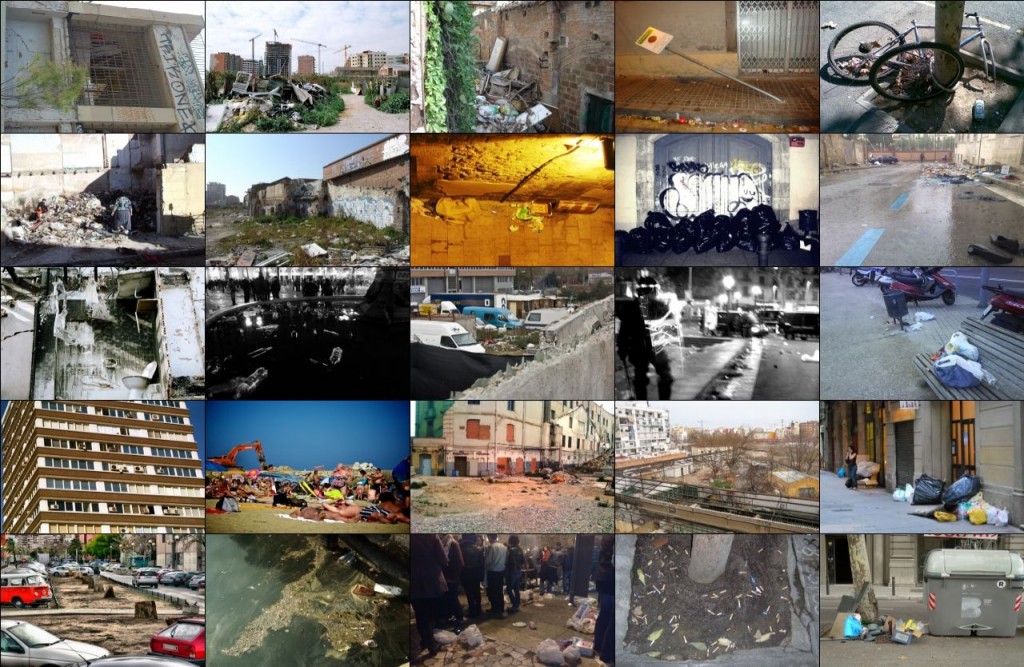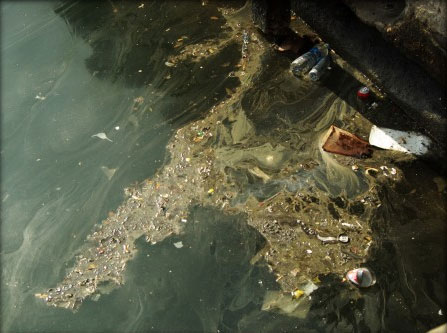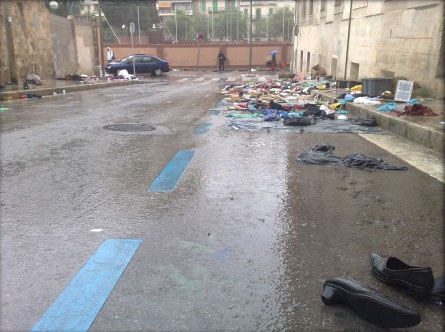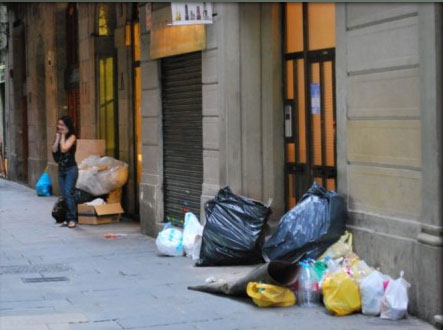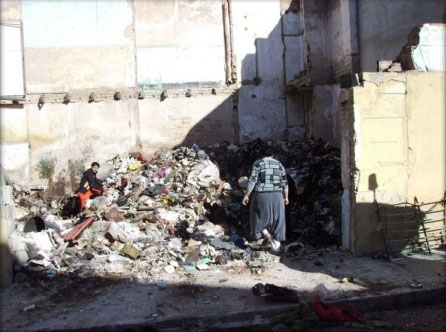 With over 2000 photos and the participation of more than 200 photographers, the “Brangulí was here. What about you?” project already represents a broad-based selection of the way contemporary photographers see present-day Barcelona. The initiative came into being as a result of the retrospective exhibition organized by the CCCB about the photographer Josep Brangulí. He documented key historical, political and social changes at the start of the 20th century, such as Tragic Week, labourers’ working conditions and the urbanistic transformation of the city. The mosaic of photographs coming together at www.brangulivaseraqui.com shows a Barcelona that, despite the intervening 80 years, reminds us of the Barcelona of Brangulí. The protests of the “indignats”, life in neighbourhoods such as El Raval and the city’s new monumental architecture are themes that Brangulí might have captured with his camera.
With over 2000 photos and the participation of more than 200 photographers, the “Brangulí was here. What about you?” project already represents a broad-based selection of the way contemporary photographers see present-day Barcelona. The initiative came into being as a result of the retrospective exhibition organized by the CCCB about the photographer Josep Brangulí. He documented key historical, political and social changes at the start of the 20th century, such as Tragic Week, labourers’ working conditions and the urbanistic transformation of the city. The mosaic of photographs coming together at www.brangulivaseraqui.com shows a Barcelona that, despite the intervening 80 years, reminds us of the Barcelona of Brangulí. The protests of the “indignats”, life in neighbourhoods such as El Raval and the city’s new monumental architecture are themes that Brangulí might have captured with his camera.
On Thursday 30 June, the CCCB and the Barcelona Photobloggers community which is collaborating on the project organized a free guided visit to the exhibition “Brangulí. Barcelona 1909-1945” to explain the work of the photographer from L’Hospitalet. The group of 50 who attended included members of Barcelona Photobloggers, people from the Espai Fotogràfic collective and many amateur photographers who post and share their images on the social networks.
The exhibition coordinator, Susana García, introduced the figure of Brangulí and his way of working: big thematic series. As Susana García explained, Brangulí took photographs by commission, with no artistic aspirations, but his particular way of seeing the events of the time makes his body of work special and unique.
If you were unable to attend and would like to hear Susana García’s presentation, you can listen to it here: ÀUDIO: Introducció a \”Brangulí. Barcelona 1909-1945\” per Susana García (Àudio: Barcelona Photobloggers)
The visit on 30 June at the CCCB was a great initiative because it allowed lots of the people who are making www.brangulivaseraqui.com possible on the Net to discover the work on show at the CCCB. From photoblog to exhibition or from virtual to presential, this could be a new way of connecting with publics and making them part of an expository project.
Images of the guided visit with Barcelona Photobloggers. Photos: Fon Simó and Marcelo Aurelio
Others who’ve talked about the guided visit:
- Martín Gallego’s blog – Fotos imperfectas: Brangulí
- Barcelona Photobloggers – Visita guiada a la exposición de Brangulí con Susana García
- La Vanguardia - El CCCB se abre a los fotoblogueros para divulgar a Brangulí










